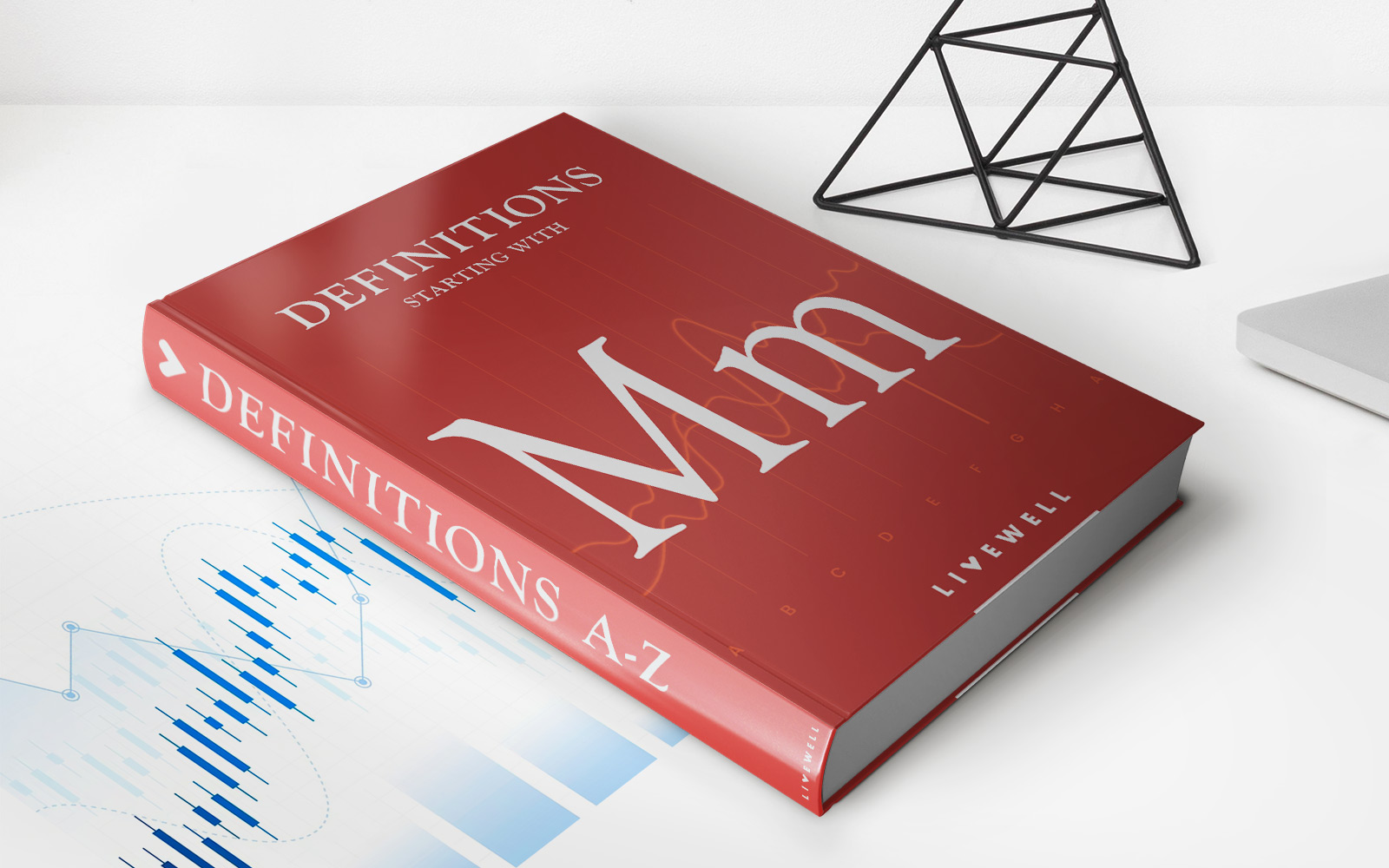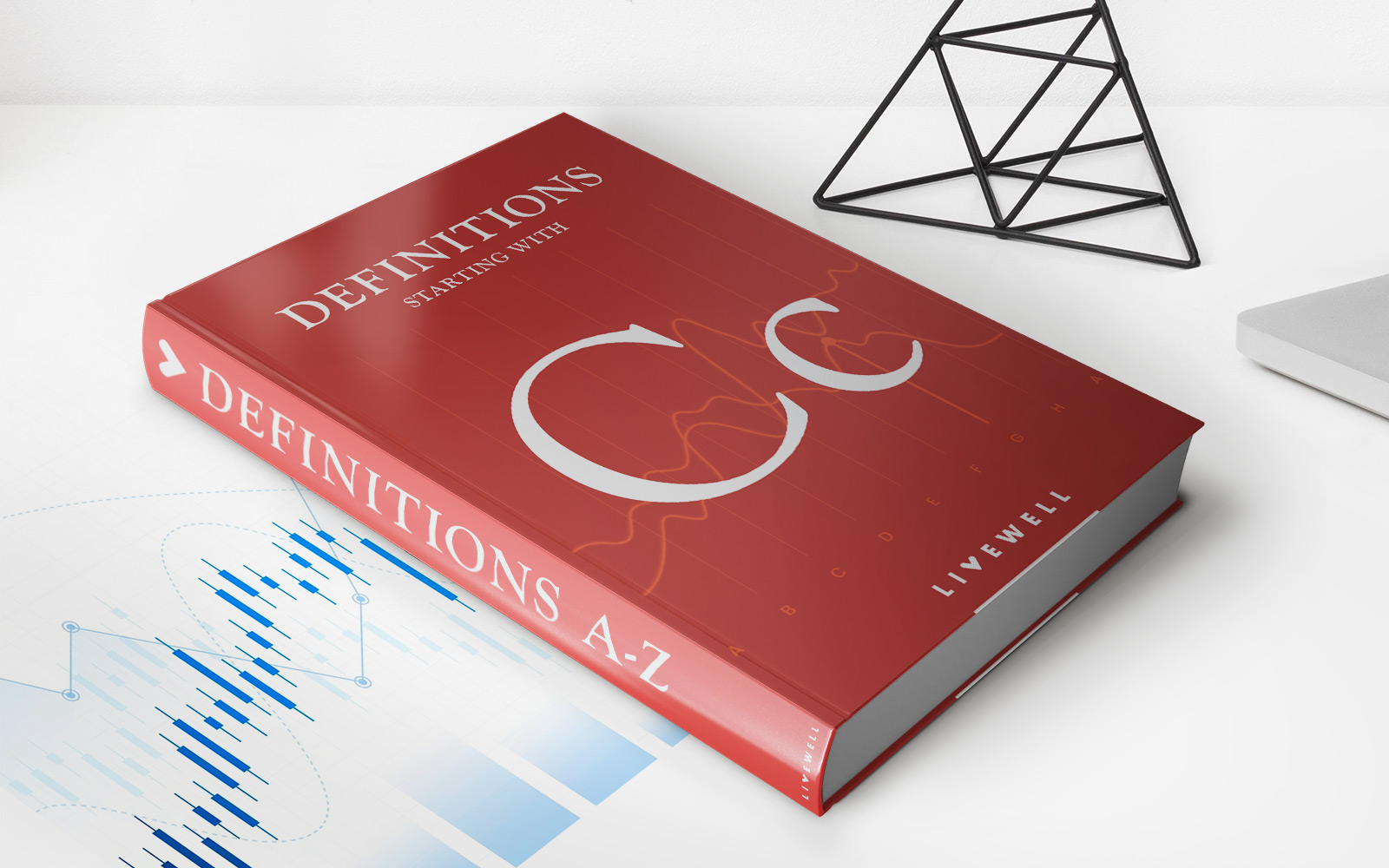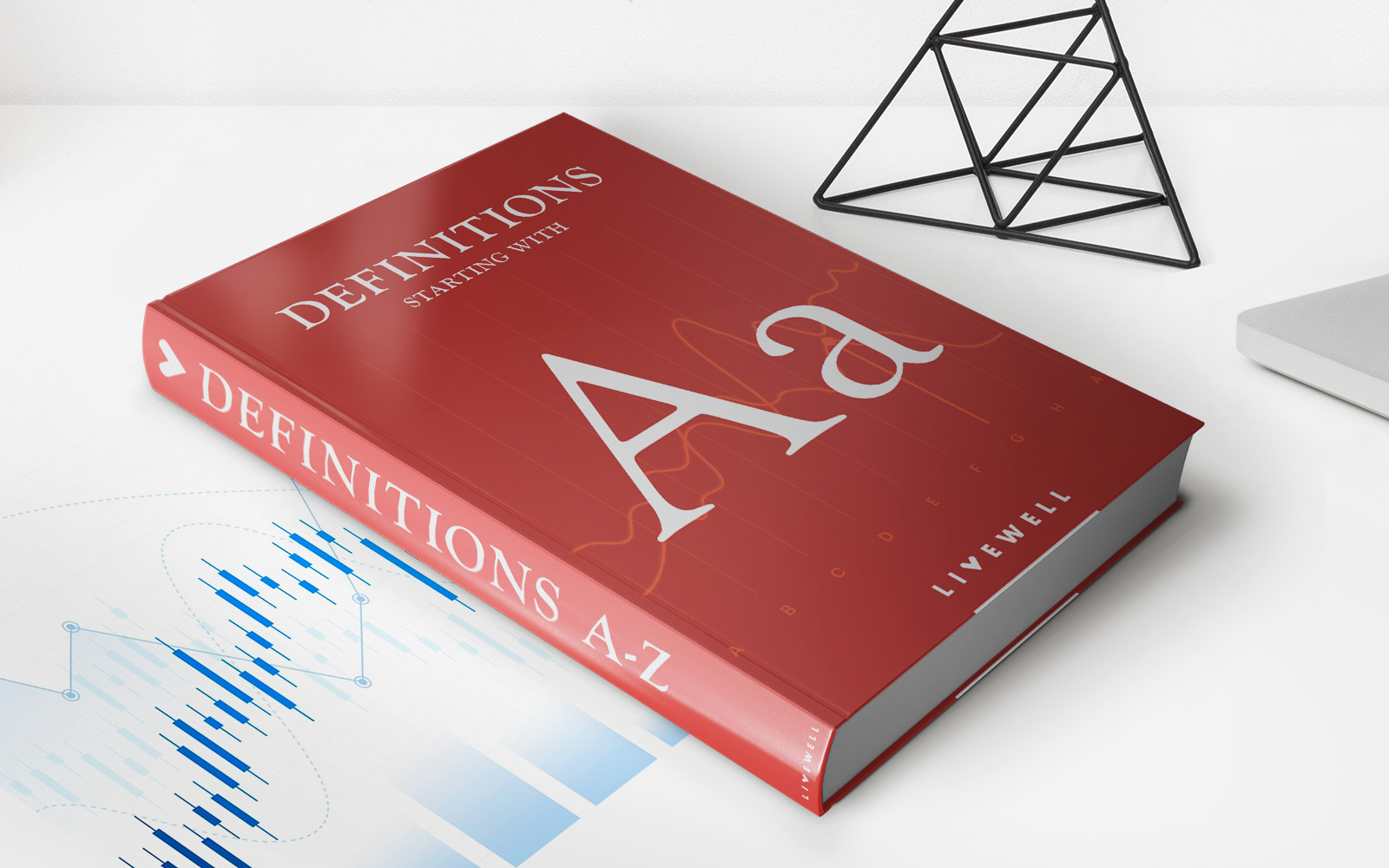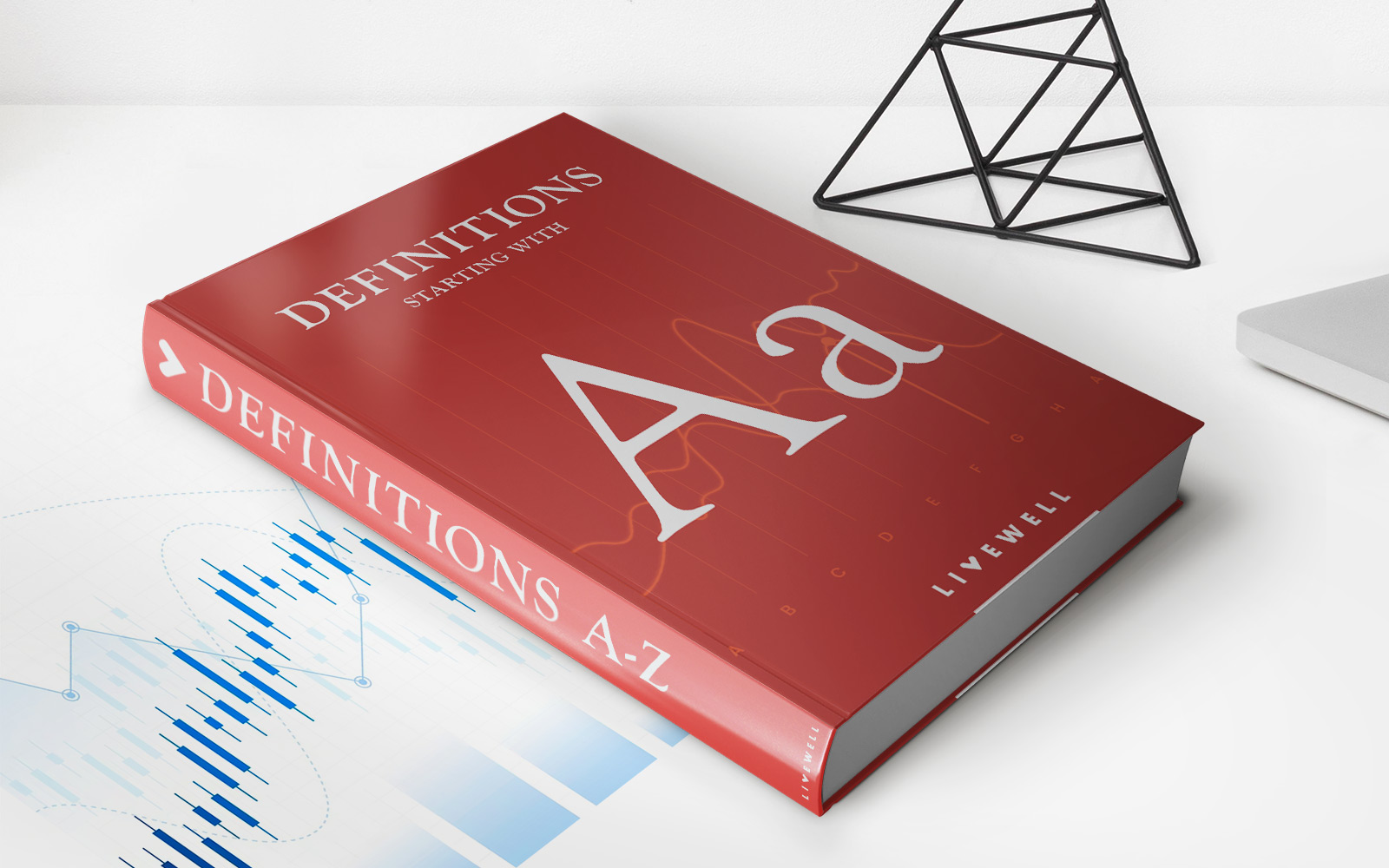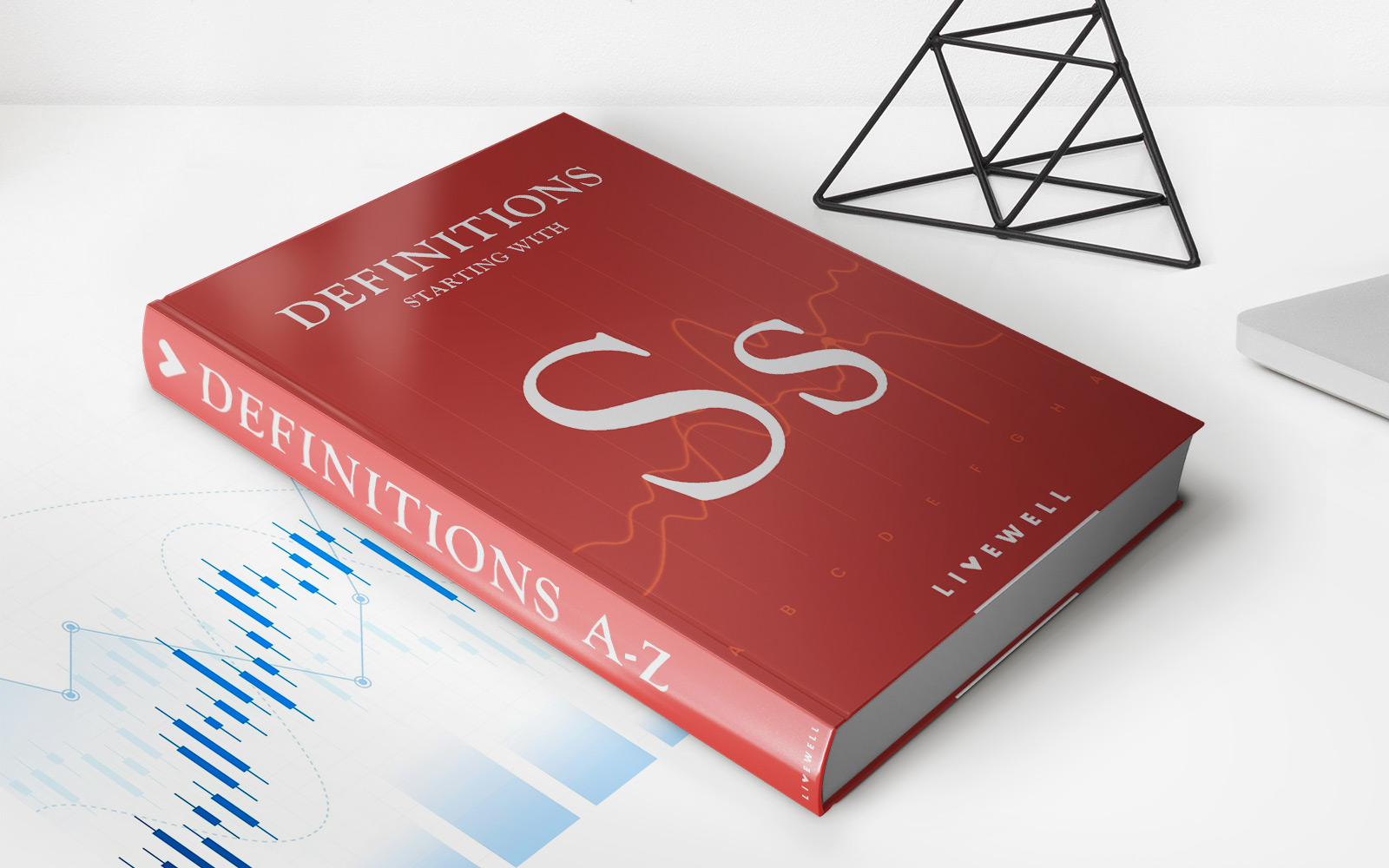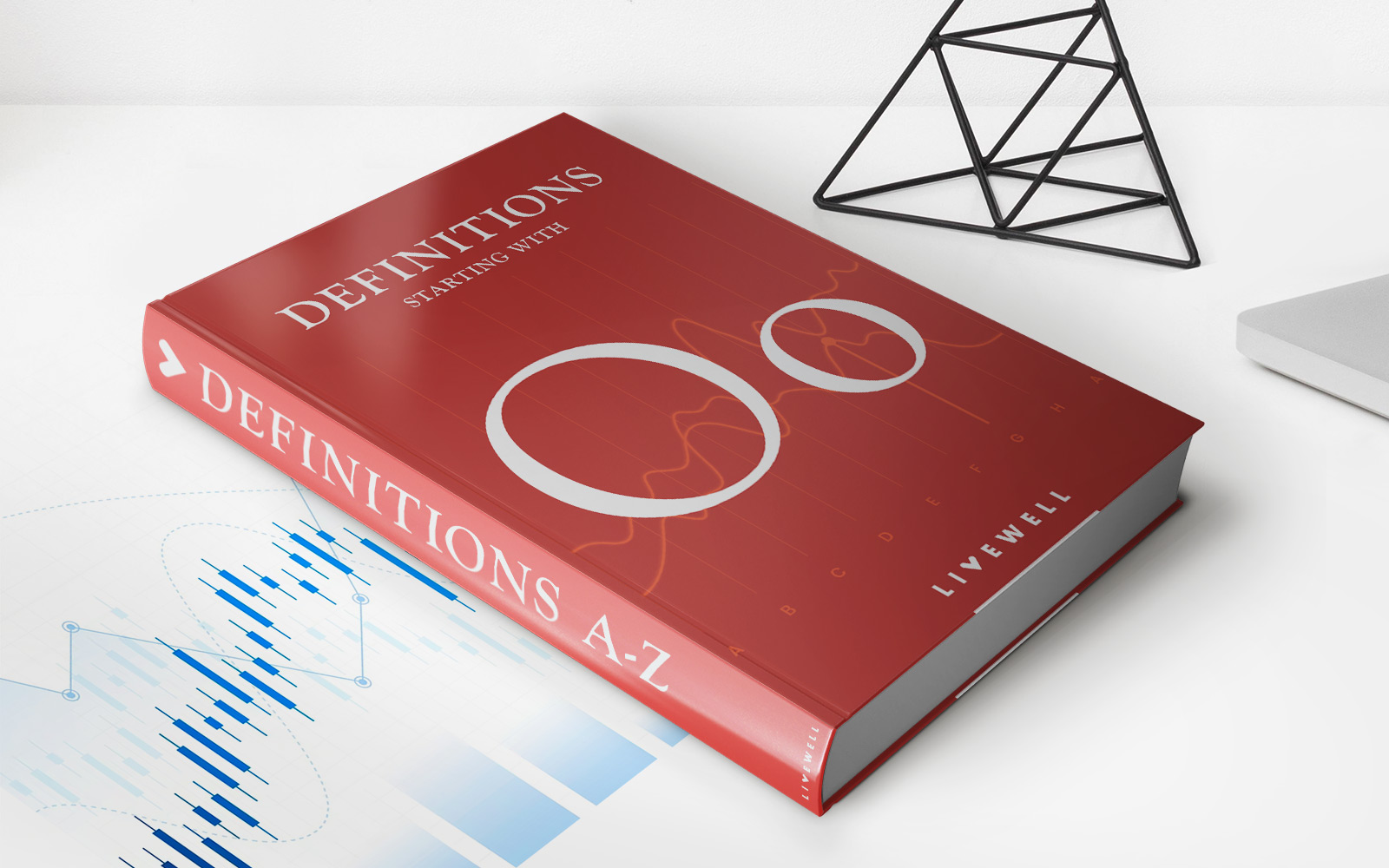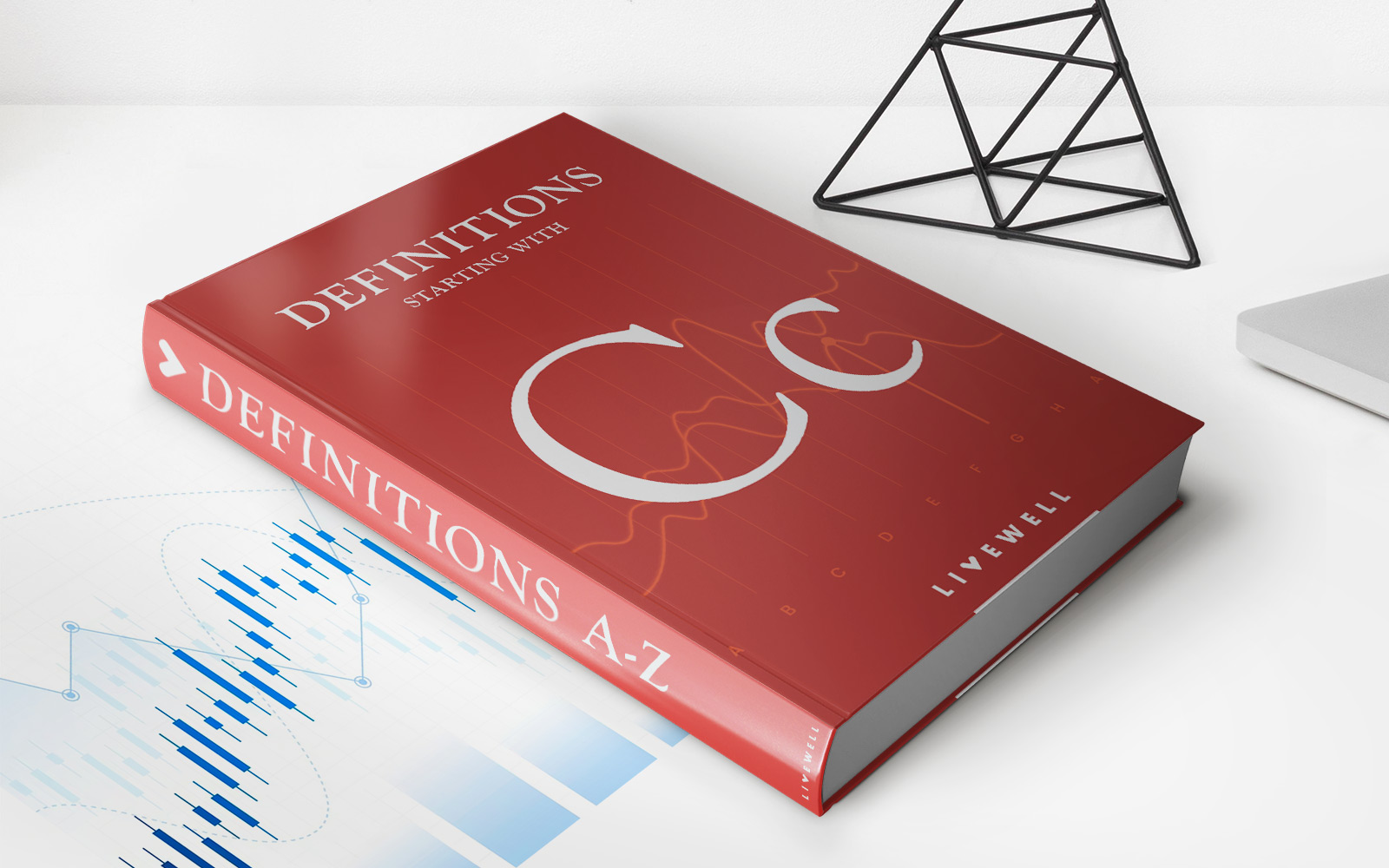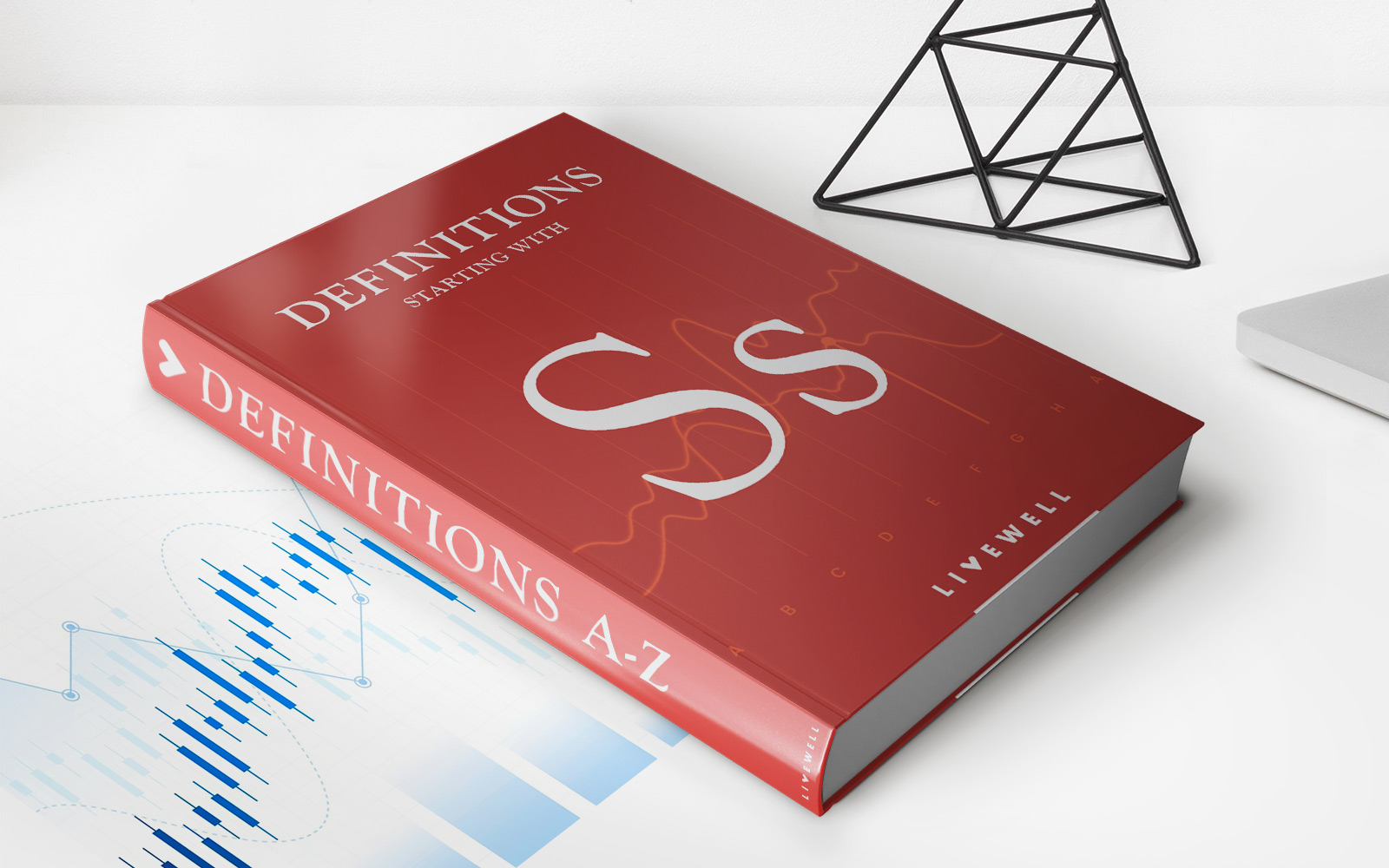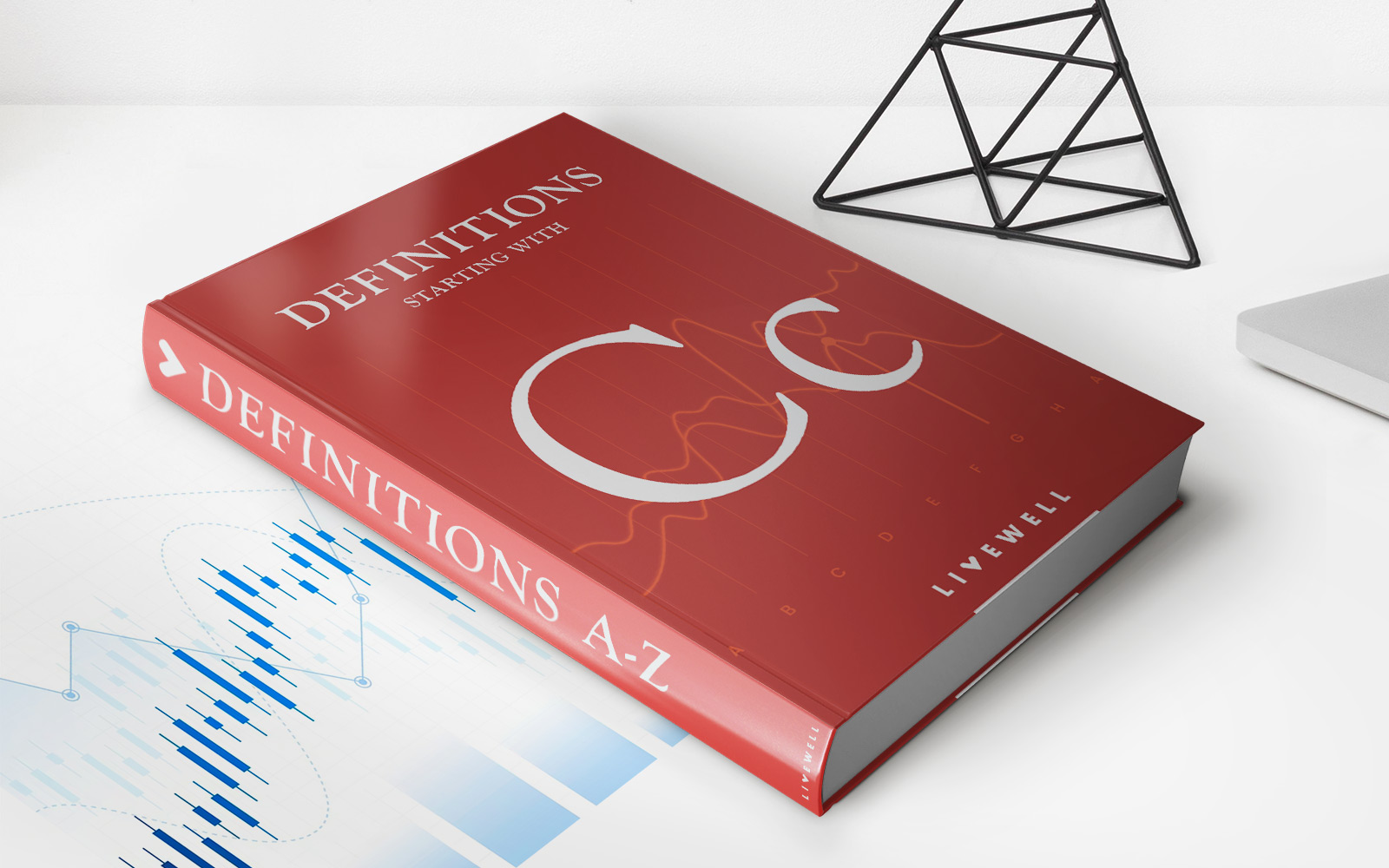Home>Finance>Face Value: Definition In Finance, Comparison With Market Value
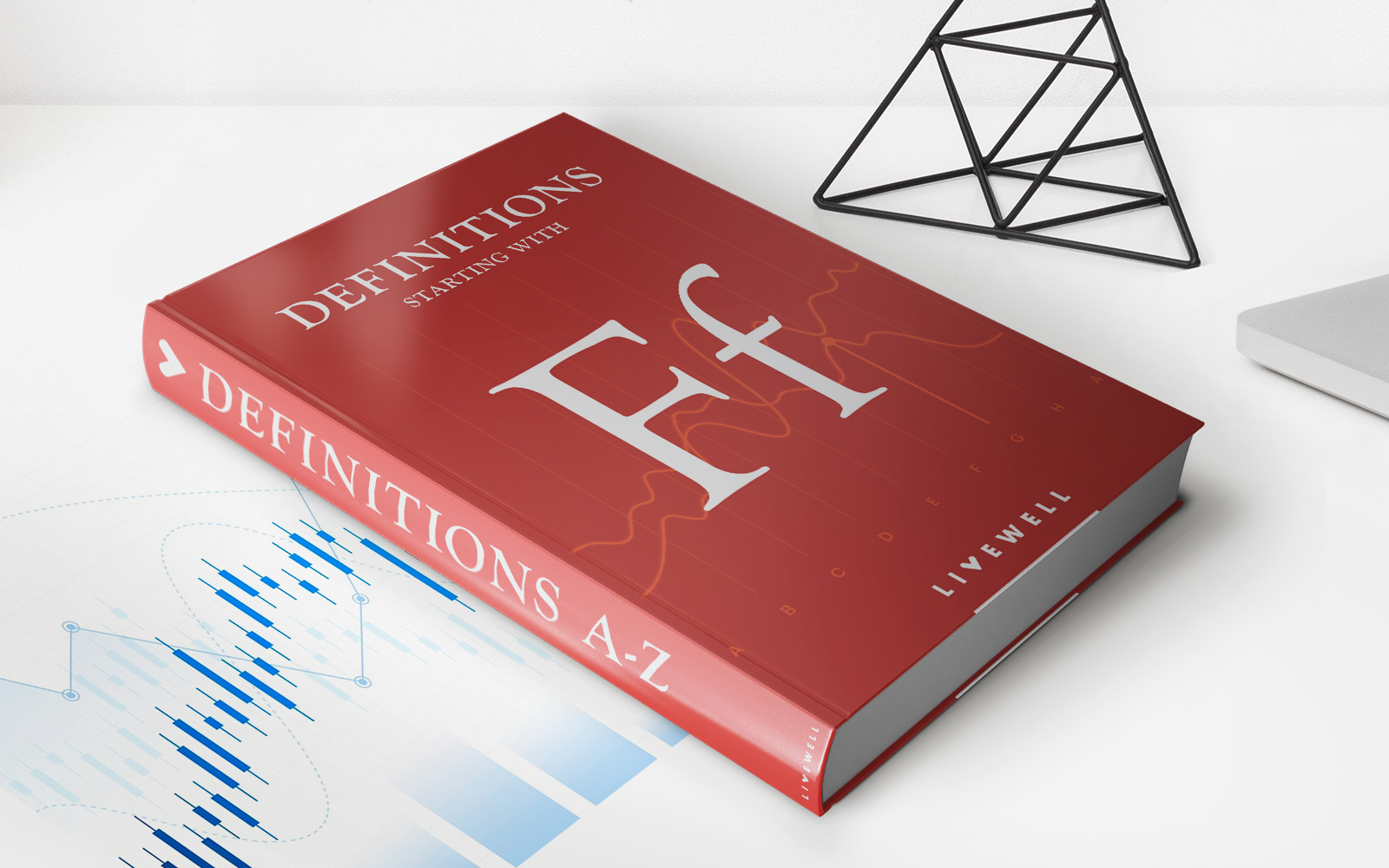

Finance
Face Value: Definition In Finance, Comparison With Market Value
Published: November 22, 2023
Learn about the meaning of face value in finance and how it compares to market value. Gain a deeper understanding of finance concepts and their applications.
(Many of the links in this article redirect to a specific reviewed product. Your purchase of these products through affiliate links helps to generate commission for LiveWell, at no extra cost. Learn more)
Face Value: Definition in Finance, Comparison With Market Value
Welcome to our finance blog! Today, we’re going to delve into the fascinating world of Face Value. What is Face Value in finance? How does it compare to Market Value? These are questions that many people have, and we’re here to shed some light on the subject.
Key Takeaways:
- Face value refers to the nominal value assigned to a financial instrument, such as a bond or stock, at the time of issuance.
- Market value, on the other hand, is the price at which a financial instrument can be bought or sold in the market.
Now, let’s start by understanding what exactly Face Value means in the context of finance. Face value, also known as par value, is the value assigned to a financial instrument when it is initially issued. It is essentially the nominal or stated value of the instrument. For example, if a bond is issued with a face value of $1,000, it means that the bondholder will receive $1,000 at maturity.
However, it’s essential to note that the face value of a financial instrument doesn’t necessarily reflect its current market value. Market value, on the other hand, is the price at which a financial instrument can be bought or sold in the market. It is determined by various factors such as supply and demand, interest rates, and market sentiment. Therefore, the market value of a financial instrument may be higher or lower than its face value.
Now, let’s compare Face Value and Market Value in a concise manner:
Face Value:
- Represents the nominal or stated value of a financial instrument at the time of issuance.
- Is fixed and does not change over time.
- Acts as the basis for calculating interest payments or dividend payments.
Market Value:
- Represents the current price at which a financial instrument can be bought or sold in the market.
- Fluctuates based on market conditions, supply and demand, and other economic factors.
- May be higher or lower than the face value of the instrument.
Understanding the difference between Face Value and Market Value is crucial, as it can have significant implications for investors and financial institutions. Investors use market value to assess the performance and potential profitability of their investments. Financial institutions also consider market value when determining the value of their assets and liabilities.
In conclusion, Face Value and Market Value are both important concepts in finance. While Face Value represents the nominal value of a financial instrument at the time of issuance, Market Value fluctuates based on market conditions. It is essential to consider both these values to make informed investment decisions and understand the true worth of a financial instrument.
Thank you for joining us on this finance journey. Stay tuned for more insightful blog posts in our “FINANCE” category.
